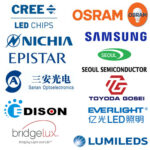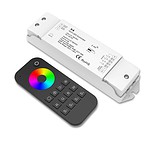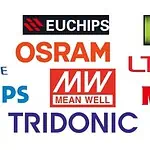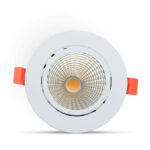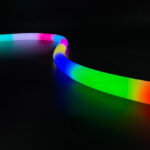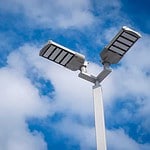LED strip lights have become famous for residential and commercial lighting due to their versatility, energy efficiency, and aesthetic appeal. However, sourcing the right LED strip lights can be daunting, especially with many options. Are you making the right choices? Or are you falling into common pitfalls that could compromise the performance and longevity of your LED strip lights? Let’s delve into the common mistakes people make when sourcing LED strip lights and how to avoid them.
Importance and Benefits of Correct LED Strip Light Sourcing
Choosing the right LED strip lights is crucial for achieving the desired lighting effect and ensuring the longevity of your lighting system. The correct LED strip light can enhance the ambiance of a space, improve energy efficiency, and reduce maintenance costs. However, making the right choice can lead to better lighting quality, increased energy consumption, and frequent replacements, which can be costly and time-consuming.
Common Challenges in Sourcing LED Strip Lights
Sourcing LED strip lights is more complex than it seems. It involves understanding various technical aspects such as lumens, luminous efficiency, color temperature, and LED density. Additionally, factors such as the type of LED strip light, IP rating, power supply, and installation techniques also play a crucial role in determining the performance and lifespan of the LED strip lights.
Mistake 1: Ignoring Lumens and Brightness Levels
Lumens measure the total amount of visible light emitted by a source. In the context of LED strip lights, lumens can give you an idea of how bright the strip lights will be. Ignoring lumens can lead to selecting strip lights that are either too bright or too dim for your space.
When sourcing LED strip lights, consider the desired brightness for the intended space. For instance, a kitchen or a workspace may require brighter lights than a bedroom or a living room. Therefore, selecting LED strip lights with appropriate lumens is essential based on your specific needs.

Mistake 2: Not Considering Luminous Efficiency
Luminous efficiency refers to the amount of light produced per unit of power consumed. It’s a crucial factor when sourcing LED strip lights as it directly impacts energy consumption and cost. Ignoring luminous efficiency can lead to higher energy bills and reduced lifespan of the LED strip lights.
When selecting LED strip lights, look for options with high luminous efficiency. This means they produce more light while consuming less power, making them more energy-efficient and cost-effective in the long run. For more information, you can read Lumen to Watts: The Complete Guide.

Mistake 3: Overlooking Color Temperature
Color temperature, measured in Kelvin (K), determines the color of the light emitted by an LED strip light. It ranges from warm (lower Kelvin values) to cool (higher Kelvin values). Overlooking color temperature can result in a lighting setup that doesn’t match a space’s desired ambiance or mood.
For instance, a warm color temperature can create a cozy and relaxing atmosphere, making it suitable for bedrooms and living rooms. On the other hand, a cool color temperature can stimulate alertness, making it ideal for workspaces and kitchens. Therefore, choosing LED strip lights with the right color temperature is essential based on the intended atmosphere.

Mistake 4: Not Considering CRI
The Color Rendering Index, or CRI, is a crucial metric that gauges a light source’s ability to depict objects’ authentic colors, akin to a natural light source. A superior CRI value signifies that the light source can faithfully represent the colors of things. Consigning to consider CRI can result in subpar color representation, positively impacting a space’s aesthetic appeal and practical functionality.
When selecting LED strip lights, it’s essential to prefer options boasting a high CRI value. This consideration becomes particularly vital if you intend to use the lights in environments where color precision is paramount, such as in art studios, retail outlets, or photographic studios.
For more information, you can read TM-30-15: A New Method for Measuring Color Rendition.

Mistake 5: Not Considering Color Consistency
Color consistency, also known as LED BIN or MacAdam Ellipse, is a critical characteristic of an LED strip light. It refers to the strip light’s ability to maintain a uniform color output throughout its length. Poor color consistency can result in uneven lighting, detracting from a space’s overall aesthetics and functionality.
LED BIN refers to categorizing LEDs based on their color and brightness. LEDs within the identical BIN will have similar color and brightness, ensuring color consistency when used together.
On the other hand, the MacAdam Ellipse is a measure used in the lighting industry to describe the degree of color consistency. A 3-step MacAdam Ellipse, for instance, ensures that color variations are virtually indistinguishable to the human eye, providing a high level of color consistency.
When sourcing LED strip lights, it’s crucial to consider options that guarantee color consistency. Our company, LEDYi, for example, offers LED strip lights with a 3-step MacAdam Ellipse, ensuring excellent color consistency across the entire strip. This commitment to quality ensures a uniform and pleasing lighting experience for all our customers.

Mistake 6: Not Considering LED Density
LED density refers to the number of LED chips per unit length of the strip. It plays a crucial role in determining the color uniformity and brightness of the strip light. Ignoring LED density can lead to strip lights with visible light spots or inadequate brightness.
If you need uniform illumination without any light spots, you can choose high-density LED strips such as SMD2010 700LEDs/m or COB (Chip on Board) LED strips. These strip lights have more LED chips per unit length, ensuring a more uniform and brighter light output.

Mistake 7: Not Considering Voltage
The voltage of an LED strip light determines its power requirements. Ignoring voltage can lead to selecting strip lights incompatible with your power supply, leading to potential damage or reduced lifespan.
When sourcing LED strip lights, consider the voltage of your power supply and choose strip lights that are compatible with them. For instance, if your power supply provides 12V, choose LED strip lights that operate at the same voltage to ensure compatibility and optimal performance. For more information, you can read How to Choose The Voltage of LED Strip? 12V or 24V?
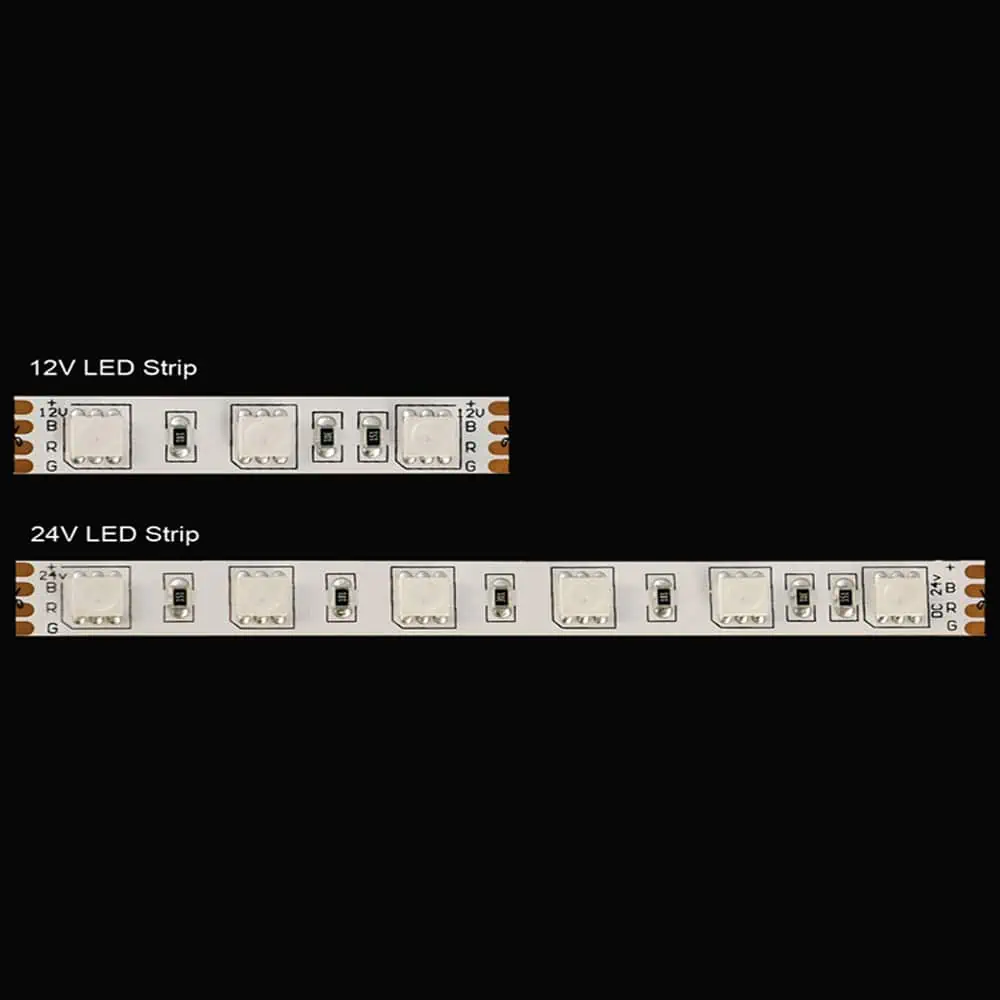
Mistake 8: Not Considering Cutting Length
The cutting length of an LED strip light refers to the minimum length at which the strip can be cut without damaging the LEDs or the circuit. Ignoring the cutting length can lead to strip lights that are too long or too short for your space, leading to wastage or inadequate lighting.
When sourcing LED strip lights, consider the dimensions of your space and choose strip lights with a suitable cutting length. This allows you to customize the size of the strip lights to fit your space perfectly, ensuring optimal lighting and minimal wastage. And our LEDYi mini cutting LED strip is the perfect solution, which is 1 LED per cut, cutting length is 8.3mm only.
Mistake 9: Not Considering LED Strip Light Type
Various types of LED strip lights are available in the market, such as single color, tunable white, RGB (Red, Green, Blue), RGBW (Red, Green, Blue, White), and addressable RGB. Each type has its applications and limitations. Ignoring the type of LED strip light can lead to selecting strip lights unsuitable for your specific needs.
For instance, single-color LED strip lights are ideal for creating a specific mood or ambiance, while RGB or RGBW strip lights allow you to change colors and create dynamic lighting effects. On the other hand, addressable RGB strip lights allow you to control each LED individually, enabling more complex and customizable lighting effects.
Mistake 10: Neglecting IP Rating and Waterproofing
The IP (Ingress Protection) rating of an LED strip light indicates its resistance to dust and water. Ignoring the IP rating can lead to selecting strip lights that are not suitable for the specific conditions of your space, leading to potential damage or reduced lifespan of the strip lights.
For instance, if you plan to install LED strip lights in a bathroom, kitchen, or outdoor space, consider strip lights with a high IP rating to ensure they can withstand moisture and water exposure. On the other hand, if you’re installing the strip lights in a dry and indoor space, a lower IP rating would be sufficient.

Mistake 11: Inadequate Power Supply Planning
The power supply is an indispensable element of your LED strip light setup. It transforms the mains voltage into one suitable for your LED strip lights. Overlooking the power supply requirements can overload or underload your LED strip lights, leading to potential damage or less-than-optimal performance.
When selecting LED strip lights, it’s crucial to calculate the power requirements based on the strip length and wattage. For example, if you have a 5-meter strip light with a wattage of 14.4W/m, you’ll need a power supply that can provide at least 72W (5m x 14.4W/m). This calculation ensures that your LED strip lights receive the appropriate power for optimal performance and longevity.
However, it’s also essential to consider the 80% power consumption rule. This rule suggests that the LED strip should only utilize 80% of the power supply’s wattage. Adhering to this rule helps maintain the power supply’s long life, as it prevents the power supply from operating at its maximum capacity continuously, leading to overheating and premature failure. So, in the above example, instead of a 72W power supply, a better choice would be a power supply with a higher wattage, say around 90W, to ensure a safe and efficient operation.
Mistake 12: Improper Installation Techniques
The installation technique plays a crucial role in the performance and lifespan of your LED strip lights. Common installation errors include not securing the strip lights properly, not providing adequate ventilation, and failing to follow the polarity of the strip lights. These errors can lead to potential damage, reduced lifespan, or suboptimal performance of your LED strip lights.
Follow a step-by-step guide to ensure a secure and long-lasting installation of LED strip lights. This includes securing the strip lights properly, providing adequate ventilation to prevent overheating, and following the polarity of the strip lights to ensure correct power flow. For more information, you can read Installing LED Flex Strips: Mounting Techniques.
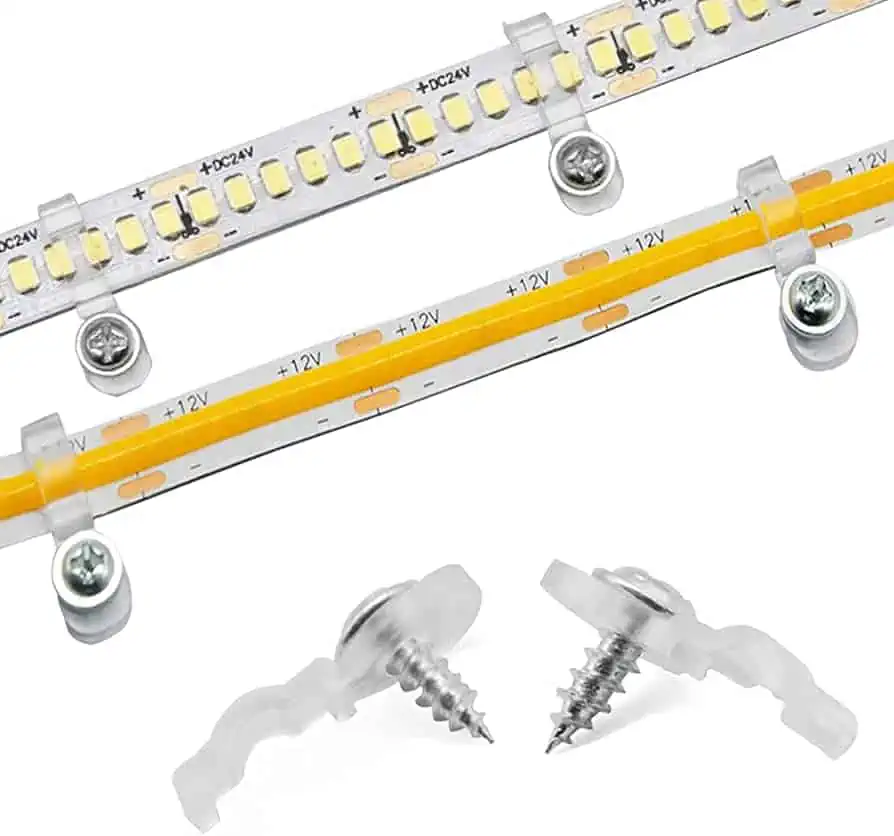
Mistake 13: Neglecting Dimming and Control Options
Dimming and control options allow you to adjust the brightness and color of your LED strip lights, providing flexibility and control over the lighting effect. Neglecting these options can lead to a lack of control over your lighting, which can affect the ambiance and functionality of your space.
When sourcing LED strip lights, consider the desired level of control and automation. For instance, if you want to adjust the brightness or color of your strip lights based on the time of day or mood, consider options with dimming and color control capabilities. Various control methods are available, including remote control, smartphone app control, and voice control via intelligent home systems. For more information, you can read How to Dim LED Strip Lights.
Mistake 14: Failing to Consider LED Strip Light Lifespan
The lifespan of an LED strip light refers to the duration it can operate before its brightness decreases to 70% of the original brightness. Ignoring the lifespan can lead to frequent replacements, which can be costly and time-consuming.
When sourcing LED strip lights, consider options with a longer lifespan. This ensures that your strip lights continue to provide adequate brightness for extended periods, reducing the need for frequent replacements. Factors affecting the lifespan of LED strip lights include the LEDs’ quality, the strip light’s design, and the operating conditions. For more information, you can read How Long Do LED Strip Lights Last?
Mistake 15: Disregarding Warranty and Customer Support
Warranty and customer support are vital considerations when sourcing LED strip lights. They offer assurance and assistance in any issues or defects with the strip lights. Neglecting these aspects can lead to challenges in resolving problems, impacting the performance and lifespan of your strip lights.
Opting for options from reputable manufacturers that provide a warranty and dependable customer support is advisable when choosing LED strip lights. This ensures that you receive assistance in case of any issues, offering peace of mind and guaranteeing the longevity of your LED strip lights.
Our company, LEDYi, stands out in this regard. We offer a generous warranty of 5 years for indoor and 3 years for outdoor use. In case of a problem, we request pictures and videos from our customers. We will immediately send a replacement if we can confirm that the issue is a quality problem based on the provided pictures and videos. This commitment to customer satisfaction and product quality ensures a seamless and worry-free experience for all our customers.
Mistake 16: Not Factoring in Aesthetics and Design
LED strip lights play a significant role in enhancing the aesthetics and design of a space. They can highlight architectural features, create mood lighting, or provide functional lighting. Ignoring the aesthetics and design can lead to a lighting setup that doesn’t complement the overall space.
When sourcing LED strip lights, consider how they will fit into your space’s overall design and aesthetics. For instance, consider the color, brightness, and design of the LED strip lights and how they will complement the existing decor and architecture. Additionally, explore creative ways to incorporate LED strip lights in different settings, such as under cabinets, behind TV units, or along staircases, to enhance the aesthetics and functionality of your space.

FAQs
Lumens in LED strip lights refer to the total amount of visible light that the strip light emits. It’s a measure of the strip light’s brightness. The higher the lumens, the brighter the light.
Color temperature, measured in Kelvin (K), determines the color of the light emitted by the LED strip light. It can range from warm (lower Kelvin values) to cool (higher Kelvin values). The chosen color temperature can significantly impact a space’s mood and ambiance.
LED density refers to the number of LED chips per unit length of the strip. A higher LED density can provide more uniform and brighter light output, while a lower LED density may result in visible light spots or dimmer light.
The IP (Ingress Protection) rating indicates the LED strip light’s resistance to dust and water. A higher IP rating means the strip light is more resistant to dust and water, making it suitable for use in harsher environments like bathrooms or outdoors.
The power requirements for LED strip lights can be calculated based on the strip length and wattage. Multiply the size of the strip light (in meters) by its wattage per meter to get the total wattage. The power supply should be able to provide at least this much power.
Common installation errors include not securing the strip lights properly, not providing adequate ventilation, and failing to follow the polarity of the strip lights. These errors can lead to potential damage, reduced lifespan, or suboptimal performance of the LED strip lights.
Various LED strip lights are available, including single color, tunable white, RGB (Red, Green, Blue), RGBW (Red, Green, Blue, White), and addressable RGB. Each type has its applications and limitations.
The cutting length refers to the minimum length at which the strip can be cut without damaging the LEDs or the circuit. Choosing the correct cutting length allows you to customize the size of the strip lights to fit your space perfectly, ensuring optimal lighting and minimal wastage.
LED strip lights can significantly enhance the aesthetics and design of a space. They can highlight architectural features, create mood lighting, or provide functional lighting. The color, brightness, and design of the LED strip lights complement the existing decor and architecture of the space.
The typical lifespan of LED strip lights refers to the duration they can operate before their brightness decreases to 70% of the original brightness. The lifespan can be affected by various factors, including the LEDs’ quality, the strip light’s design, and the operating conditions. High-quality LED strip lights can typically last several years with proper use and installation.

Conclusion
Sourcing LED strip lights involves more than selecting a product off the shelf. It requires a thorough understanding of various technical aspects and careful consideration of your specific needs and conditions. By avoiding the common mistakes outlined in this guide, you can ensure that you source the right LED strip lights that provide optimal performance, longevity, and aesthetics for your space.


